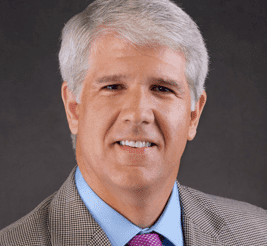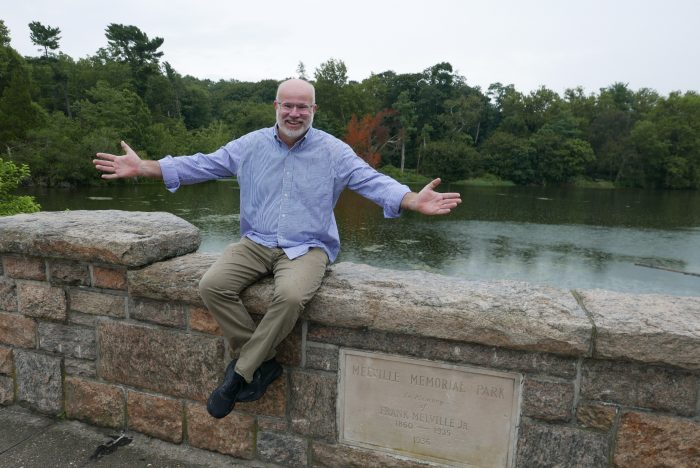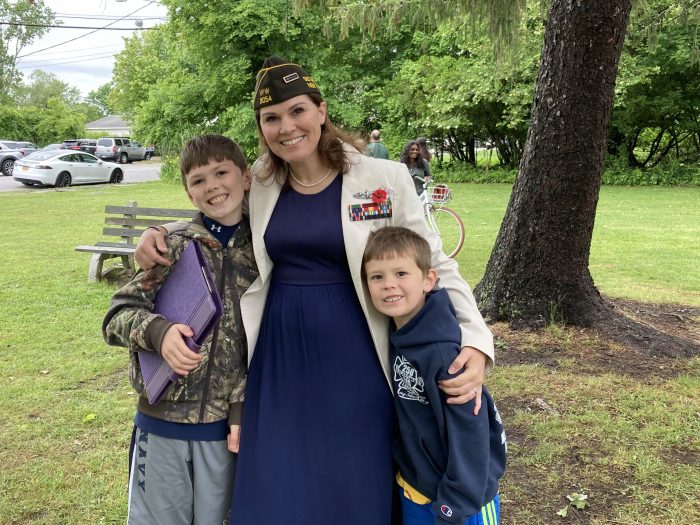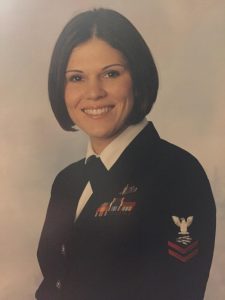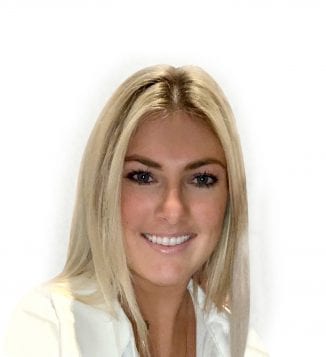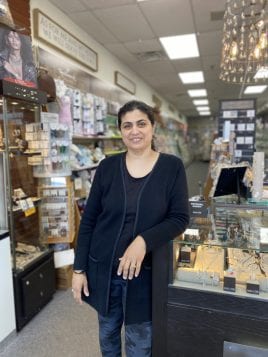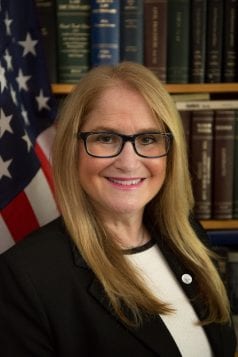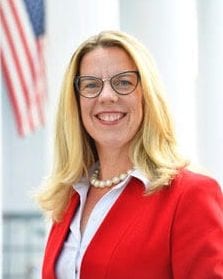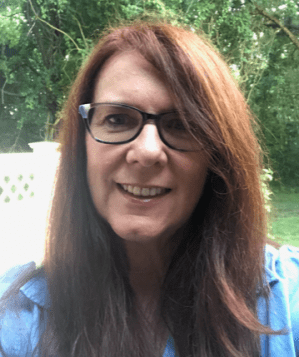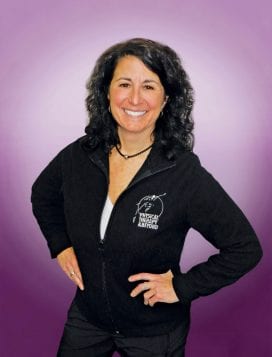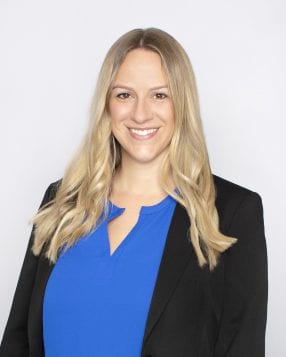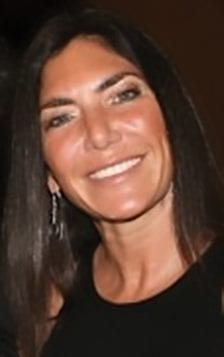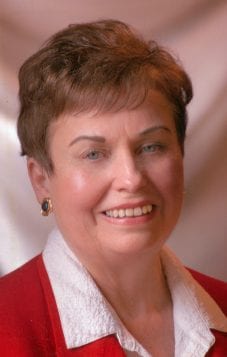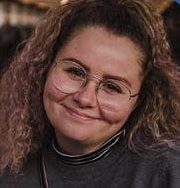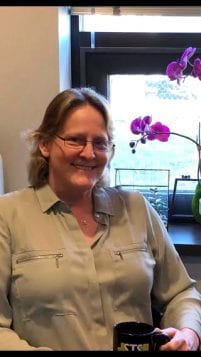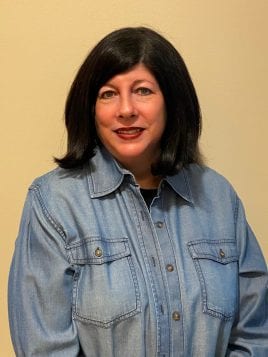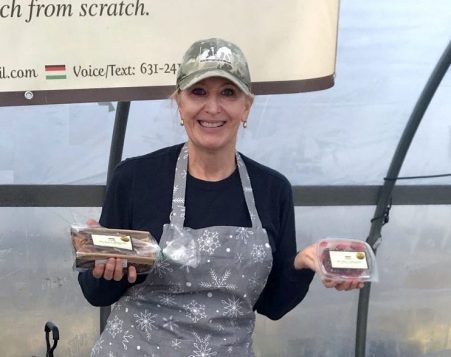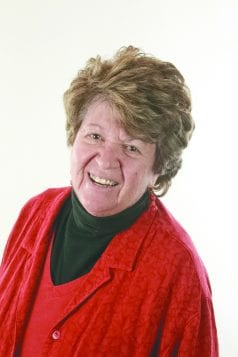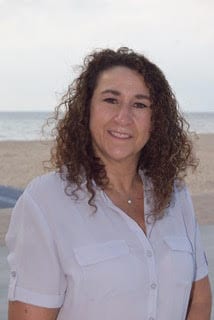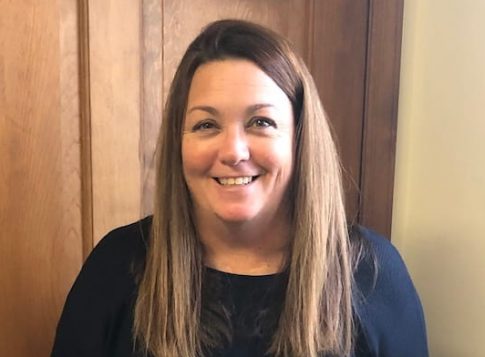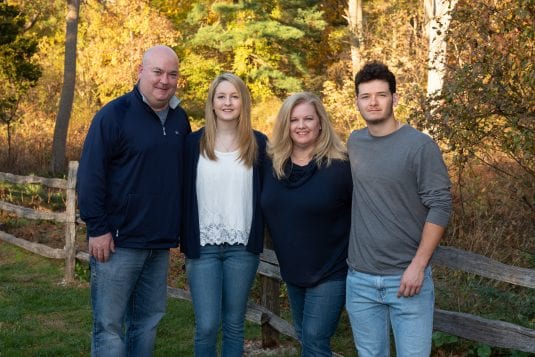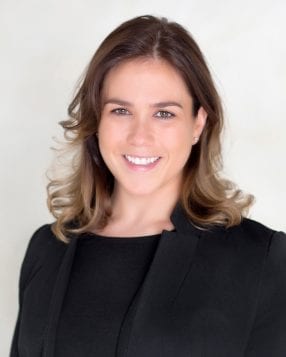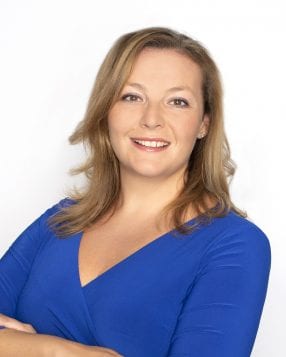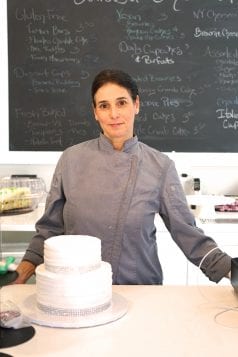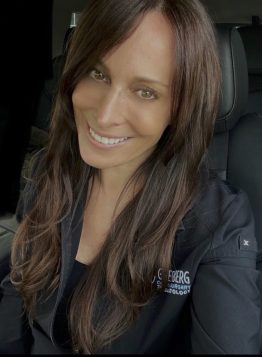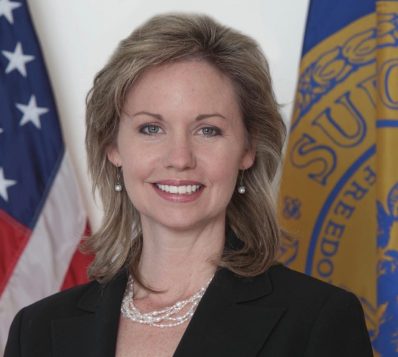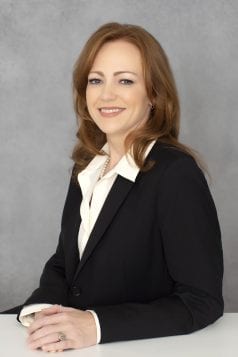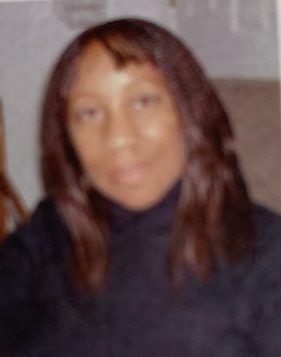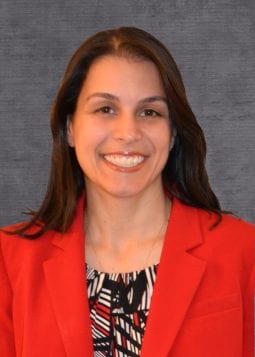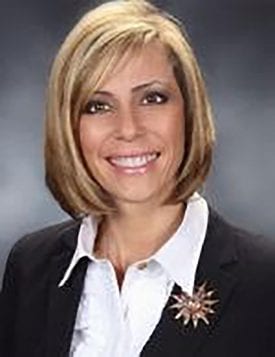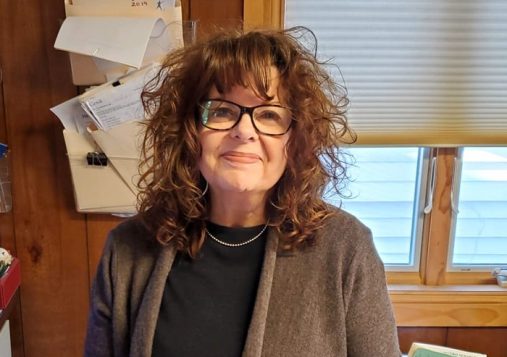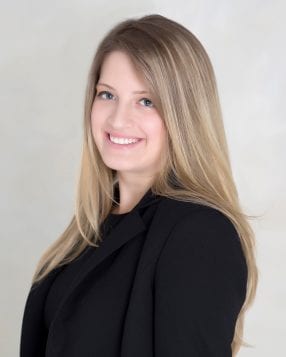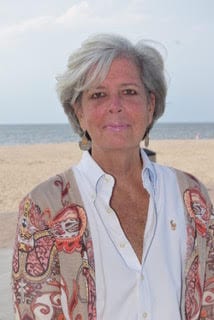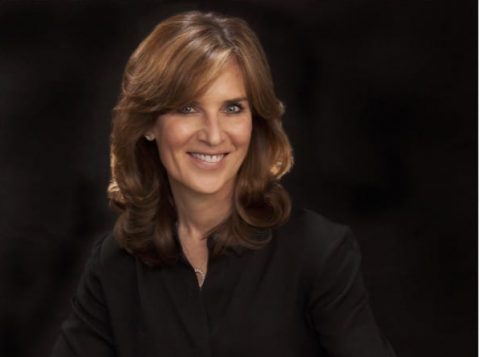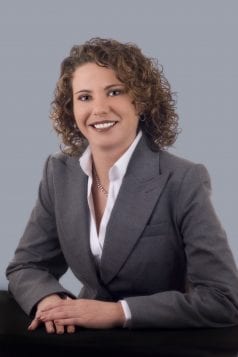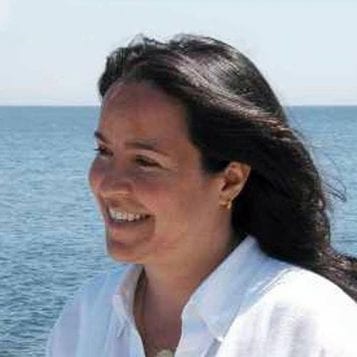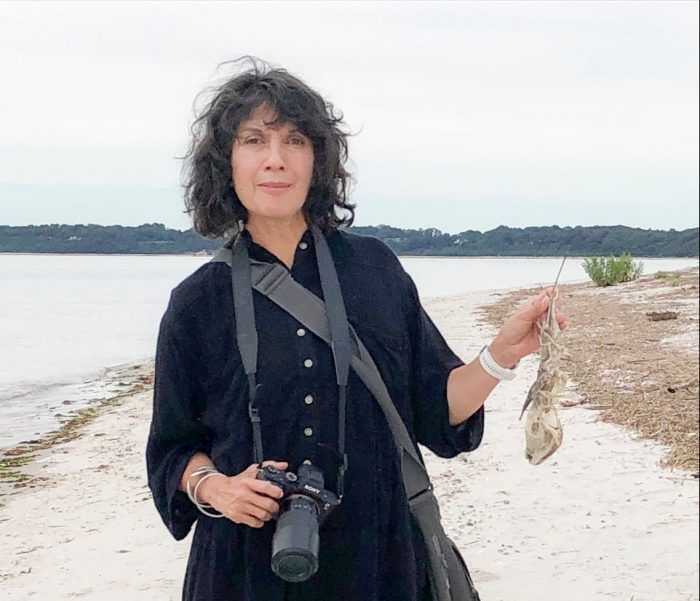After a long and intensive search, Suffolk County Community College has officially welcomed its new president, Edward Bonahue.
Now overseeing the college’s three campuses — Ammerman in Selden, Grant in Brentwood and Eastern in Riverhead — Bonahue said he’s excited to come back to Long Island after leaving for his education and career decades ago.
Bonahue grew up in Setauket and attended Nassakeag Elementary School, Murphy Junior High and then Ward Melville High School, Class of 1983.
“It was wonderful,” he said. “Growing up in the Three Villages was a wonderful privilege, just because it taught me about the value of education.”
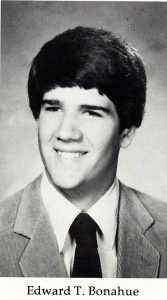
As a teen, he taught swimming lessons for the Town of Brookhaven, which he cites as the reason he became so fluent in the different areas of Suffolk County.
“I had taught swimming everywhere from Cedar Beach to Shoreham,” he said. “I taught at the Centereach pool, Holtsville pool, West Meadow — it was one way of getting a sense that we live in a bigger place.”
Bonahue said he was “one of those kids” who was involved with the arts more than sports — although he did run track during his junior and senior years.
“Ward Melville was lucky to have a great arts program,” he said. “They have a great jazz program and I was in that generation of kids where I was in the Jazz Ensemble all three years.”
His love of arts and humanities led him to North Carolina upon graduating, where he received his B.A. in English Literature at Wake Forest University in Winston-Salem.
After his undergrad, Bonahue took a job in Washington, D.C., working as an editor at the U.S. General Services Administration and then as managing editor for Shakespeare Quarterly at the Folger Shakespeare Library.
“That convinced me: ‘Oh, yeah, I kind of like this. And I think I’m going to go back to graduate school.’”
Bonahue enrolled at the University of North Carolina where he received his M.A. and Ph.D. in English Literature. He then moved with his wife to Gainesville, Florida, to hold the position of visiting assistant professor of humanities at the College of Liberal Arts and Sciences at the University of Florida.
In 2009, he was a Fulbright Scholar with the U.S. International Education Administrators Program in Germany, and in 2016-2017, he was an Aspen Institute College Excellence Program Presidential Fellow.
And while in Florida, Bonahue eventually headed to Santa Fe College, also in Gainesville, serving as the provost and vice president for Academic Affairs, along with several other roles.
But as the years went on, he decided he wanted to head somewhere new and began looking for fresh opportunities. Through networking, he heard about a post back on Long Island – a place he knew very well.
New appointment at SCCC
Bonahue took on his new role officially on June 28. Under his leadership, he oversees the current enrollment of more than 23,000 credit students and 7,000 continuing education students.
“One of the one of the opportunities for Suffolk going forward is to think about how we’re serving all of Suffolk County,” he said. “It’s no secret that the number of traditional students graduating from high school is going down every year. Over time, that’s a lot of students.”
While the majority of SCCC students are on the traditional path, Bonahue said that moving forward they need to figure out ways to do better outreach to nontraditional students.
Bonahue said one of his many goals is to converge with employers and help their workers continue their education through Suffolk or connect them with future employees while still in school. He added that in a post-COVID world where there can be gatherings, he would like high school guidance counselors to come and visit.
“I think high school students get a lot from recommendations from their teachers and guidance counselors — especially students who are underserved because of the parents haven’t been to college, they don’t have that network of what it’s like to go to college,” Bonahue said. “So, they rely on their teachers and guidance counselors for that information.”
He added that one thing that was learned during the 2020 census is Long Island is becoming a more diverse place.
“Many have not had the privilege of any exposure to higher education,” he said. “And that’s what community college is for —
providing access to educational opportunity and access to economic opportunity for folks who, without it, might be stuck in some kind of dead-end, entry-level service sector job.”
Bonahue noted that SCCC as a college needs to internalize its mission is not only to serve 19-year-old students.
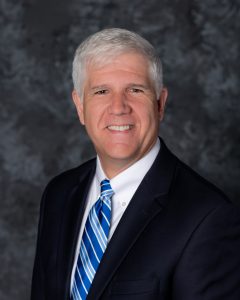
“Our mission is also to serve a mom with a baby at home, someone who’s taking care of parents, someone who’s working in a family business, could be a worker who’s already been on the job and has been displaced — those are all of our students,” he said. “I think our mission is to embrace that larger sense of community, and then on top of that there are areas of Suffolk County that have not been particularly well served, or where services are not as strong as elsewhere.”
Appointed by SUNY Chancellor Jim Malatras, the SUNY Board of Trustees and the Suffolk Board of Trustees, Bonahue said that in his new role, he wants the college to be an agent of change.
“I think they wanted someone who understands that Suffolk County is a diverse place — that it has many constituencies and that the three campuses have different personalities,” he said. “So, someone used the phrase that I checked a lot of boxes for Suffolk. My hope is that also I can present pictures of best practices that are practiced in high performing community colleges across the country, and if those best practices have not been adopted by Suffolk, then I think we have huge opportunities in terms of best practices that relate to community outreach, to academic and student support services, programming, workforce development, transfers and so forth. I think I think I can make a big contribution to Suffolk in a variety of ways.”
Bonahue said he plans on being not just on Selden’s Ammerman campus, he wants to be active on all three.
“I’m going to try to celebrate Suffolk across the whole county, including being present on all three campuses,” he said. “Each college serves a slightly different demographic, but one of the things I sense is that the college is hungry for a coherent and unified strategy.”
Coming back to Long Island was an exciting moment for Bonahue over the summer, but now it’s time for work. Since school started Sept. 2, he has been busy meeting faculty, staff and students, while focusing on his plans to better the local community college.
“I loved growing up on Long Island,” he said. “And so, it’s been a pleasure to return here.”
Julianne Mosher is an adjunct professor at Suffolk County Community College.

